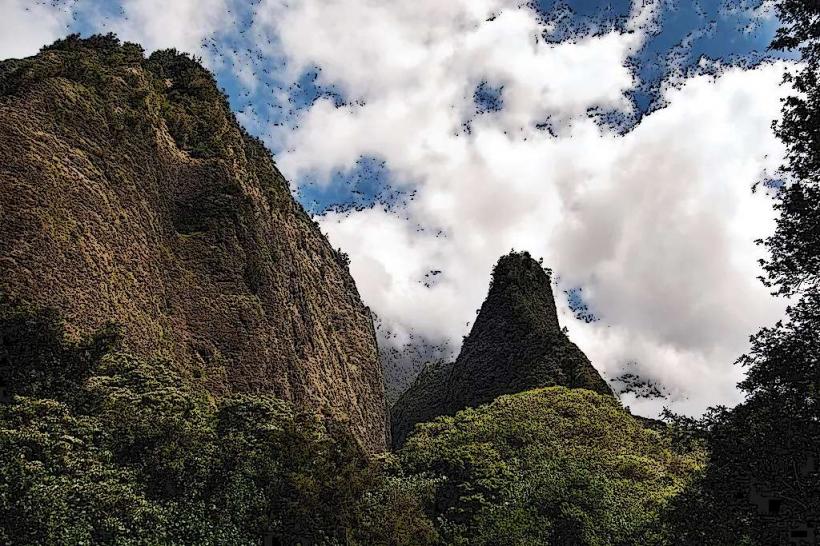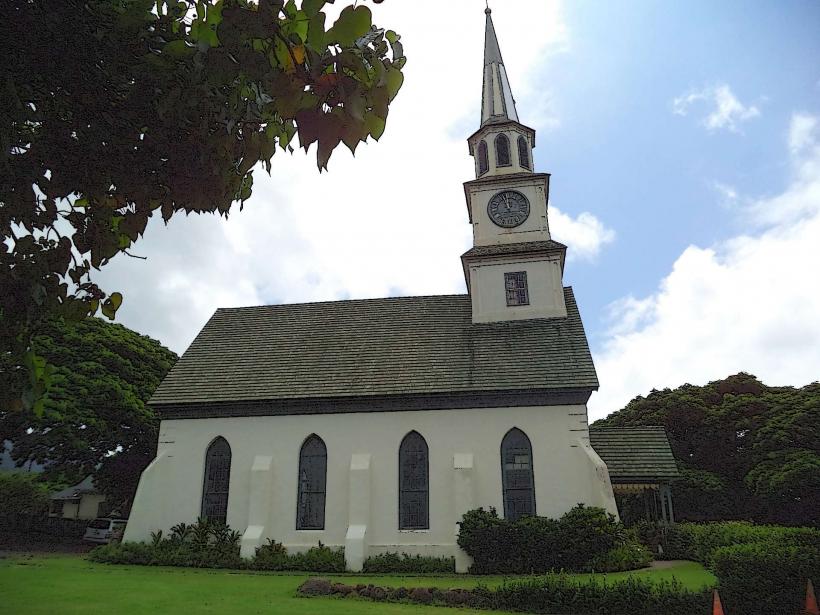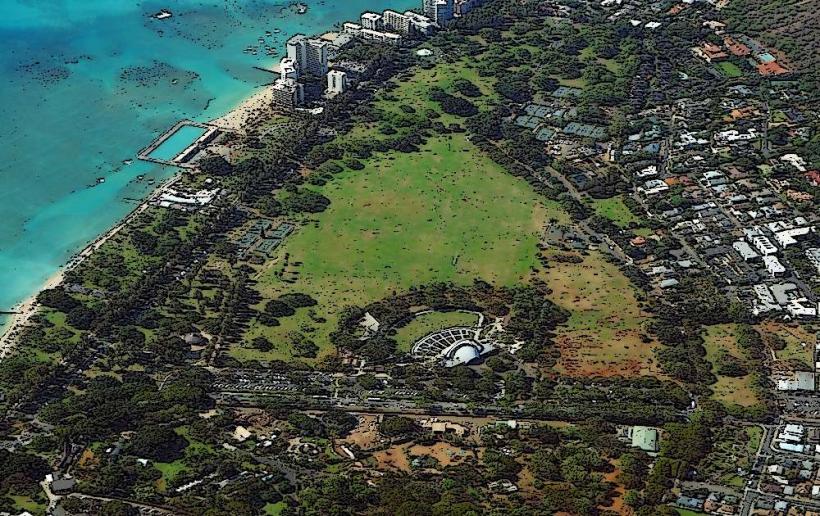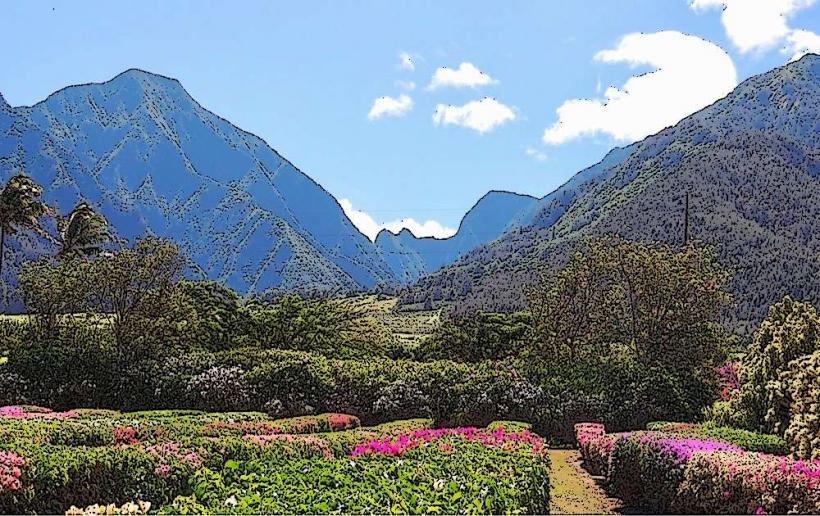Information
Landmark: Lahaina Jodo MissionCity: Wailuku
Country: USA Hawaii
Continent: North America
The Lahaina Jodo Mission, located in Lahaina on the island of Maui, Hawaii, is a Buddhist temple that holds significant cultural and religious importance, particularly within the Japanese-American community in Hawaii. The mission was established in 1912 and is a focal point for the Japanese diaspora, which played an important role in the development of Hawaii’s plantation economy.
History and Origins:
The Lahaina Jodo Mission was founded by Japanese immigrants who came to Hawaii to work on the sugar plantations. The mission was part of a broader effort to create spiritual and cultural institutions that would serve the Japanese community in Hawaii. The temple was initially established as a center for Buddhist worship and community gatherings.
The mission's name, "Jodo," refers to the Pure Land school of Buddhism, which is one of the most widely practiced forms of Buddhism in Japan. "Jodo" translates to "Pure Land," referring to a Buddhist paradise, and the philosophy emphasizes the role of the Buddha Amida in offering salvation to those who are faithful.
Architectural Features:
One of the most striking features of the Lahaina Jodo Mission is its iconic Great Buddha statue. This statue is a replica of the Great Buddha of Nara (Todai-ji Temple), Japan, and stands about 12 feet tall. It is one of the largest Buddha statues in Hawaii and is a symbol of peace and spiritual devotion.
The mission’s architecture incorporates traditional Japanese elements, including the use of wooden beams, tiled roofs, and a serene, minimalist design that reflects the Zen influence on Japanese temples. The temple's serene garden, koi pond, and the tranquil atmosphere around the Buddha statue offer a peaceful setting for reflection and prayer.
Cultural Significance:
The Lahaina Jodo Mission has been a significant cultural center for the Japanese community in Hawaii. Over the years, it has been involved in a variety of community outreach activities, including cultural festivals, religious services, and educational programs.
The mission has also played an important role in preserving Japanese traditions in Hawaii, such as the annual Obon festival. This Buddhist festival honors deceased ancestors and is a major event for the local community, where people gather to celebrate, dance, and honor their loved ones.
Modern Role:
Today, the Lahaina Jodo Mission continues to serve as a place of worship, cultural activities, and community events. It is also a popular tourist destination for those interested in learning about the history of the Japanese in Hawaii, the practice of Buddhism, and the temple’s role in the local community. The temple is open to visitors, offering insight into the religious and cultural practices that have shaped the history of Maui.
Preservation and Restoration:
In recent years, efforts have been made to preserve and restore the Lahaina Jodo Mission’s structures and cultural artifacts. These efforts ensure that the mission will continue to serve future generations of Buddhists and the broader Maui community.
Conclusion:
The Lahaina Jodo Mission stands as a testament to the resilience and enduring cultural heritage of the Japanese-American community in Hawaii. Its serene setting, historical significance, and cultural contributions make it a meaningful place for both locals and visitors alike.









